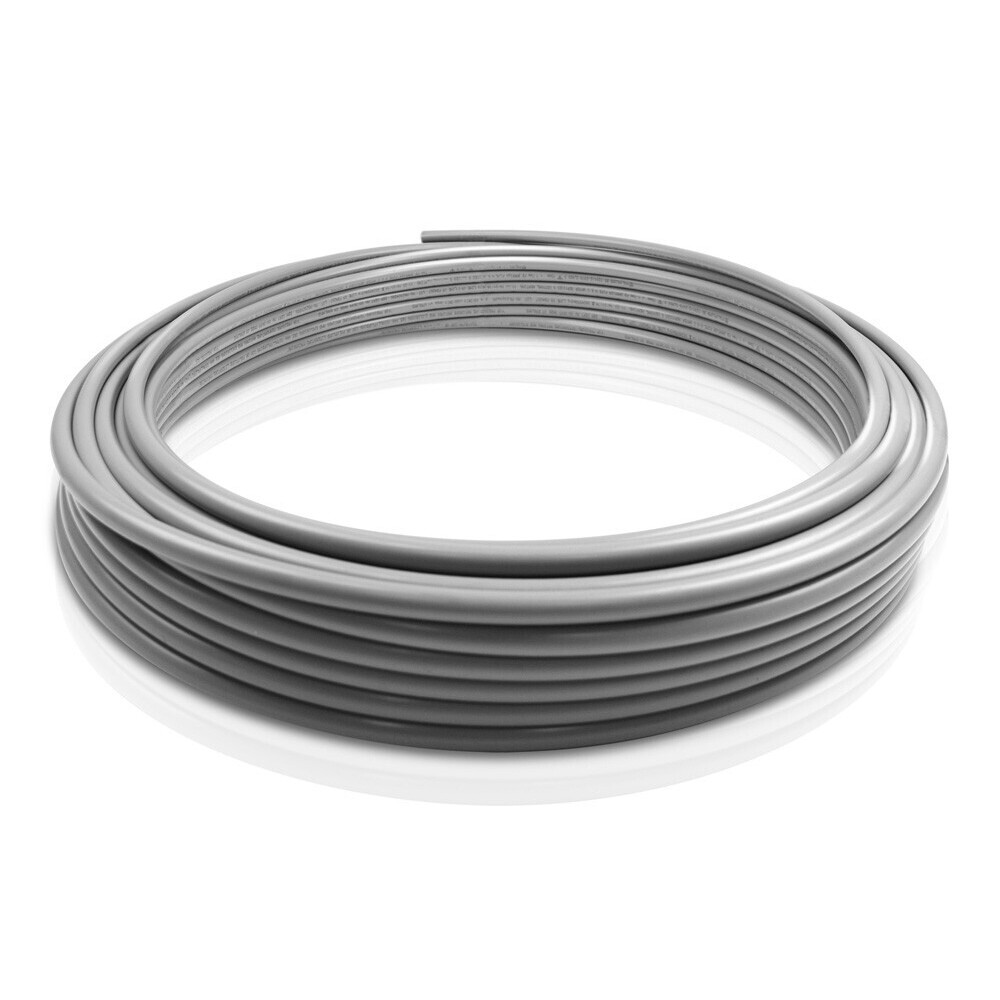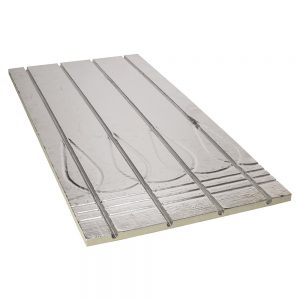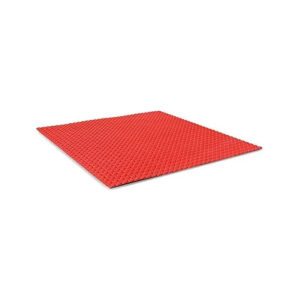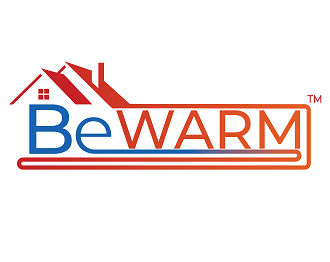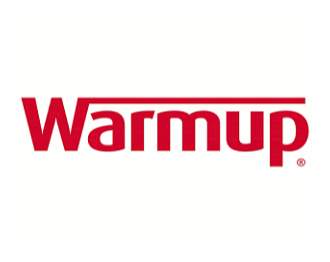Strength
The system is suitable for use in working applications up to 12 bar / 20 degrees centigrade (6 bar / 90 degrees centrigrade). Pipes are suitable for bending to a radius of 12 x diameter when unsupported or 8 x diameter when supported. Connections and fittings are tested too BS 7291: Class S for thermal cycling test, long term pressure tests, rapid pressure test and pull-out strength.
System Malfunction Temperature
Polyplumb pipes and fittings are tested to BS 7291@ Parts 1 and 2, which incorporates a pressurised thermal cycling test and a test regime at temperatures of 114 degrees centigrade and 3.5 bar pressure for 1,000 cycles at a duration of 30 minutes per cycle.
Gases
The polyplumb system is not suitable for the transportation of gases. Standard Polyplumb pipe is Oxygen permeable and is suitable for all domestic water and heating installations. Polypipe recommends that corrosion inhitors are introduced to, and maintained in, all heating systems, whether they use standard or barrier pipe. Due to the long pipe runs used in floor central heating systems we recommend barrier pipe is used throughtout UFCH applications to minimise the potential for Oxygen ingress into the system.
Water
The polybutylene material used in Polyplumb pipes and fittings is WRC / WRAS approved. It is resitant to the build-up of scale. Short term chlorination for disinfection of supply pipe work and normal levels of chlorine in UK domestic water supplies will not have an adverse effect on Polyplumb. Polyplumb is not suitable, however, for systems that carry a high concentration of chlorine, eg supplies to swimming pools etc.
Light
Polyplumb pipe and fittings should be protected from UV light. Standard decorating paints form adequate protection. Polyplumb pipe insulation forms adequate protection for external use.
Acoustic
The polyplumb system gives better performance than rigid pipe systems in terms of low noise transmission and low water hammer effect.
Electrical
As Polyplumb pipe does not conduct electricity, installations generally require less equipotential bonding than metal systems. Both the IEE and the IoP give guidance on the eatrth bonding requirements of plastic pipe systems. Where Polyplumb breaks the continuity of existing metal pipe, which may be used for earthing or bonding, this continuity should be reinstated by affixing permanent earth clips and a section of earth cable between the ends of the copper pipe.
Side-effects
Polypipe belive there to be no side-effects from handling or using Polyplumb.
Jointing
There are six stages to successfully jointing the Polyplumb system. These instructions apply to Polyplumb when used in hot and cold water or heating applications, including floor heating.
Cutting Polyplumb Pipe
Always use one of the approved pipe cutters (PB777 or PB778).
A slight rotation of the pipe when cutting will help make the operation easier. Never use a hacksaw. Wherever possible, cut a depth insertion mark. These “K” shaped marks are equally spaced along the pipe and indicate the depth required for full insertion into a Polyplumb socket fitting.
Use of Pipe stiffener
Pipe stiffeners are an integral part of the joint when using Polyplumb pipe with either Polyplumb fittings or compression fittings, and need to be fully inserted in to the pipe end. They are not required when using copper pipeage.

